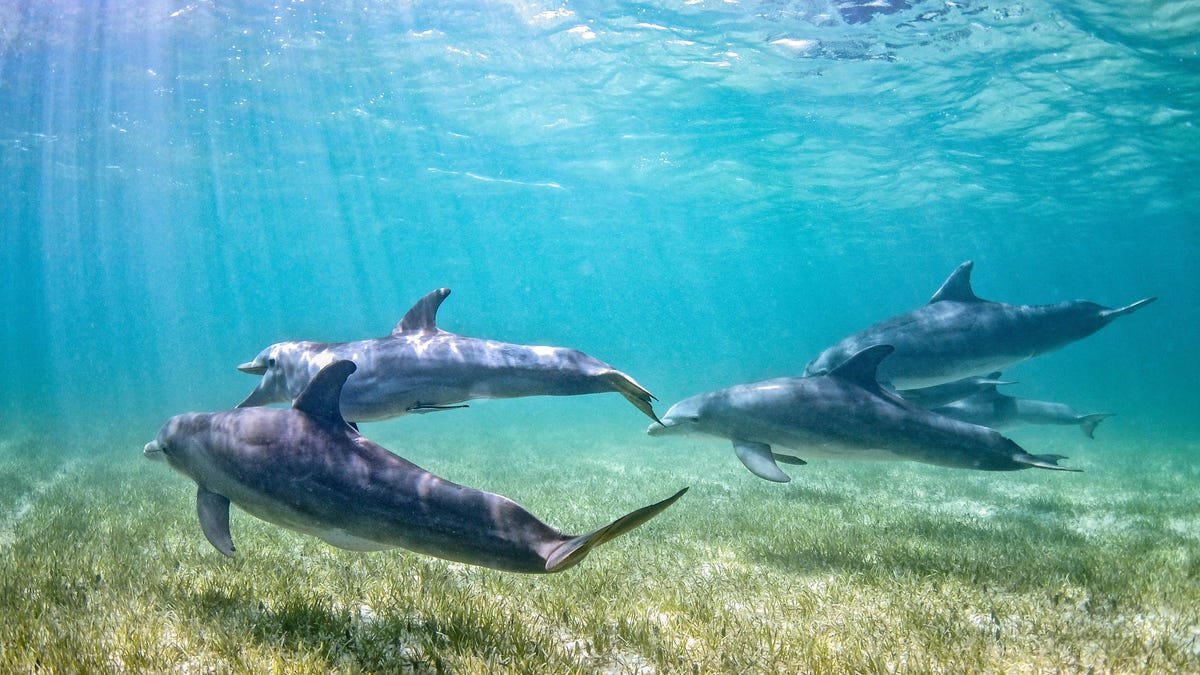Bird Flu Found in Dolphins: Implications and Consequences
Recent research conducted by Florida scientists has unveiled a concerning discovery: the first known case of highly pathogenic H5N1 avian influenza in a common bottlenose dolphin. This revelation, though originating in 2022, underscores the potential risk of avian flu strains to infect various mammalian species, including marine mammals such as dolphins.
Details of the Discovery
The groundbreaking report was published in the esteemed Nature journal Communications Biology, shedding light on the flu-infected dolphin identified on March 29, 2022. The University of Florida’s Marine Animal Rescue Program researchers were alerted to a distressed dolphin in the waters of Horseshoe Beach, North Florida. Tragically, upon their arrival, the dolphin had already perished. Subsequently, the deceased dolphin was subjected to an autopsy, revealing signs of poor health and brain inflammation. Remarkably, the dolphin tested negative for common infectious agents, prompting further investigation.
Given the documented neurological impacts of H5N1 avian influenza on wild birds and recent bird die-offs in the region, the researchers expanded their analysis. The screening eventually confirmed the presence of the H5N1 strain in the dolphin’s lungs and brain, marking a significant milestone in disease transmission among marine mammals.
Implications for Marine Mammals
While sightings of highly pathogenic avian influenza in marine mammals have been reported recently, this instance represents the first documented case in a common bottlenose dolphin within North America. It is crucial to note that the severity of illness caused by bird flu strains in wild birds may not directly correlate with the impact on other infected species. However, the lethality of certain H5N1 lineages to marine mammals underscores the potential threat posed by these pathogens.
Significantly, genetic analysis revealed that the detected strain did not exhibit adaptations facilitating enhanced transmission between mammals. Nonetheless, the rapid mutation rate of flu viruses implies the looming threat of future strains evolving into more formidable hazards for both terrestrial and marine mammalian populations.
Future Research and Mitigation Efforts
The researchers involved in this study are actively pursuing additional investigations to elucidate the origins of the dolphin’s infection and gauge the cross-species transmission potential of avian flu strains. Given the catastrophic implications of these pathogens adapting for enhanced replication and transmission, comprehensive understanding and vigilance are essential in safeguarding marine mammal populations.
In conclusion, the convergence of avian influenza with marine mammals underscores the complex interplay between zoonotic diseases and wildlife health. The emerging threat of H5N1 avian flu in dolphins necessitates continued monitoring, research, and proactive measures to mitigate potential spillover events and protect vulnerable marine ecosystems.
Image/Photo credit: source url





